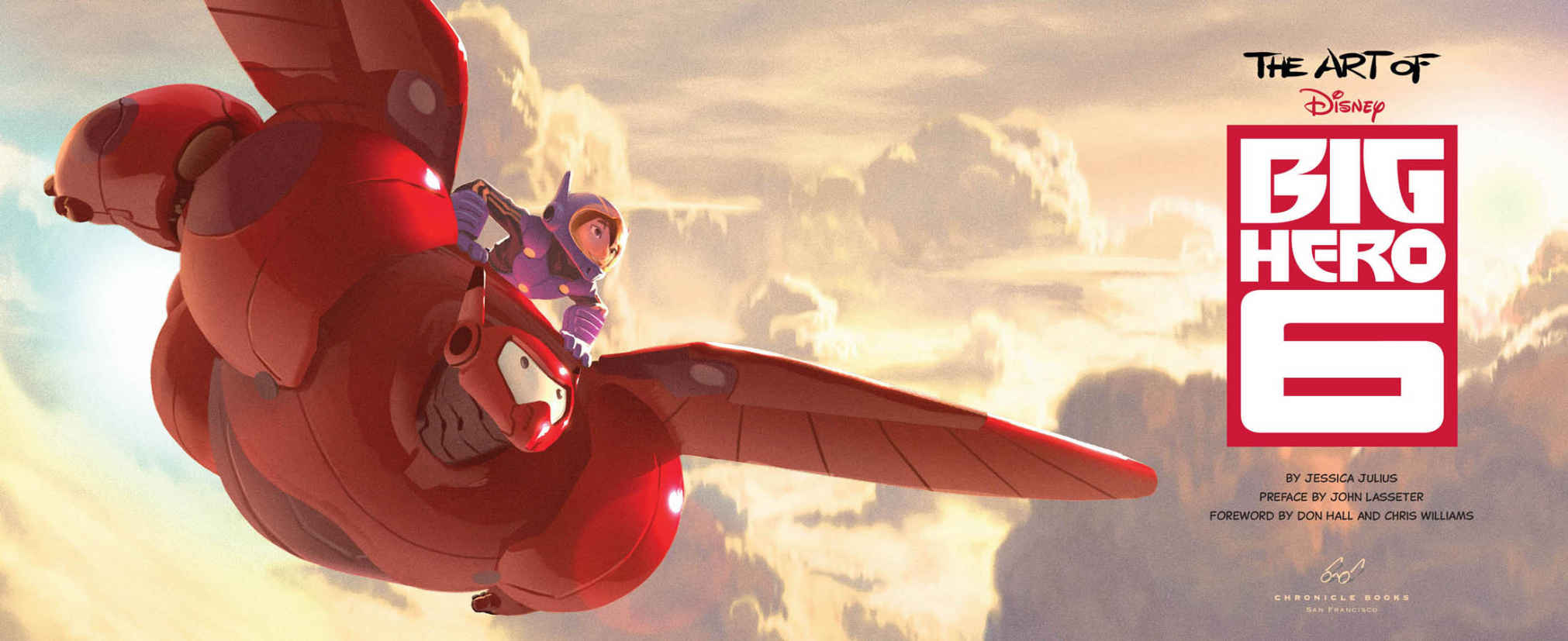 RYAN LANG / DIGITAL Copyright 2014 by Disney Enterprises, Inc. All rights reserved. No part of this book may be reproduced in any form without written permission from the publisher. Library of Congress Cataloging-in-Publication Data available. ISBN: 978-1-4521-2221-2 (hc) ISBN: 978-1-4521-4525-9 (ebook) Designed by Glen Nakasako, Smog Design, Inc. Chronicle Books LLC
RYAN LANG / DIGITAL Copyright 2014 by Disney Enterprises, Inc. All rights reserved. No part of this book may be reproduced in any form without written permission from the publisher. Library of Congress Cataloging-in-Publication Data available. ISBN: 978-1-4521-2221-2 (hc) ISBN: 978-1-4521-4525-9 (ebook) Designed by Glen Nakasako, Smog Design, Inc. Chronicle Books LLC
680 Second Street
San Francisco, California 94107
www.chroniclebooks.com Front Cover: Paul Felix / Digital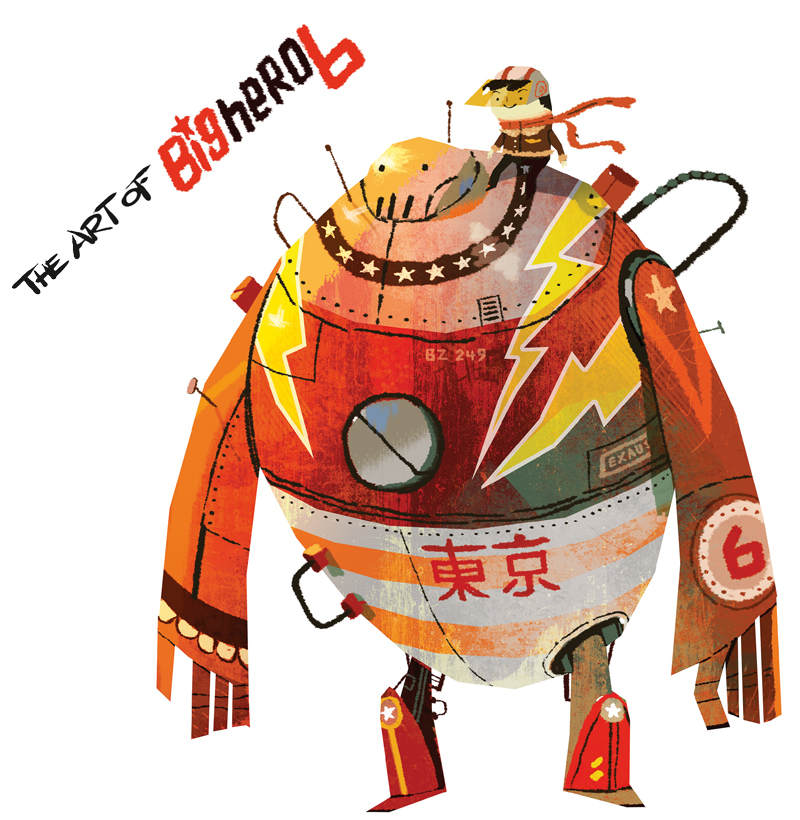 TADAHIRO UESUGI / DIGITAL
TADAHIRO UESUGI / DIGITAL
CONTENTS
INTRODUCTION: A SUPER HERO MOVIE WITH HEART
CINEMATOGRAPHY
ACKNOWLEDGMENTS
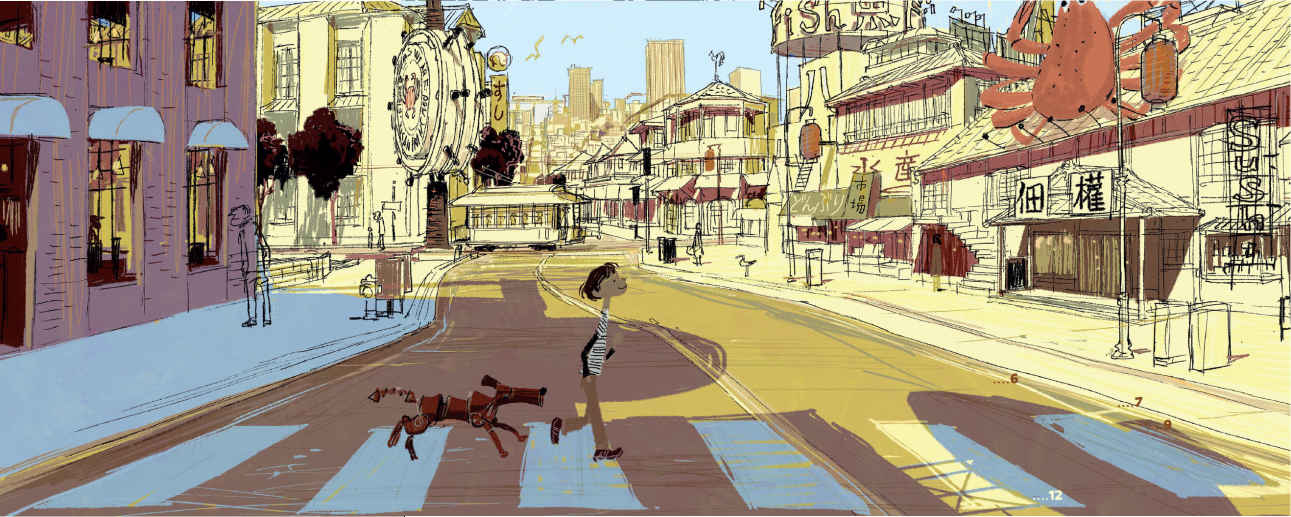 TADAHIRO UESUGI
TADAHIRO UESUGI / DIGITAL Creating a computer generated animated film involves years of inspired collaboration.
Before the final rendered images of Big Hero 6 were seen on screens around the world, the following artists contributed their talents to the digital images included in this book: DIRECTORS
Don Hall Chris Williams VISUAL DEVELOPMENT Sara Airries Marty Baumann Lorelay Bove Helen Chen Justin Cram Kevin Dart Paul Felix James Finch Mac George Jin Kim Shiyoon Kim Ryan Lang Hyun Min Lee Minkyu Lee Jim Martin Chris Mitchell Kevin Nelson Armand Serrano Jeff Turley Tadahiro Uesugi Scott Watanabe Mike Yamada Victoria Ying SET EXTENSION Brian La France STORY Joe Mateo Normand Lemay John Ripa Marc Smith Lissa Treiman Dean Wellins Chris Ure MODELING Stefano Dubay Minh Duong Dylan Ekren Isaac Gelman Brien Hindman Kevin Hudson Suzan Kim Luis Labrador Alena Wooten-Tott Larry Wu LIGHTING Benjamin Huang Adolph Lusinsky Dan Rice Chris Springfield Jennifer Yu RIGGING Michael Navarro Jason Robinson TECHNICAL ANIMATION Corey Bolwyn Christopher Evart Hubert Leo Mary Twohig Richard Van Cleave EFFECTS Mir Ali DJ Byun Eric Daniels Peter De Mund Henrik Falt Ben Frost David Hutchins Hendrik Panz Jae Hyun Yoo LOOK DEVELOPMENT Alexander Alvarado Ian Butterfield Sara Cembalisty Ramya Chidanand Tracy Lee Church Ryan Duncan Brian LaFrance Jack Fulmer Mia Lee Nikki Mull Jared Reisweber Jose Velasquez
PREFACE
E ver since I returned to Walt Disney Animation Studios in 2006, Ive loved working with the brilliant filmmakers here who bring our stories to life. Some are veteran directors and others are emerging talents. Right away, back when he was Head of Story on
Meet the Robinsons, I realized Don Hall was one of those up-and-comers. Both he and Chris Williams, who at that time was beginning his first directing project with
Bolt, are incredibly smart with story. And both are willing to keep pushing to make things better. So, after successfully co-directing
Winnie the Pooh, when Don asked if he could look into Marvels catalog for inspiration for his next project, I said yes! As a huge comic book fan, Don dug deep into the world of Marvel comics.
He discovered this series of six obscure comic books that were outliers for Marvel, inhabiting a discrete world and with an unusual style. These are important factors when we develop our films. But Big Hero 6 seemed truly exciting because it had tremendous emotion. When directors pitch project ideas, the number one thing I ask is, where will the heart come from? At its core, its the story of two brothers, and how the younger boy becomes whole again through a surrogate brother, which is the robot Baymax. Thats the reason we thought, this will make a great movie. The second thing I always ask is, whats unique to this world, this setting? Its something you just cant change later.
The story, plot, and characters will all evolve, but the heart and world are the foundations our movies are built on. Though the Big Hero 6 comics are set in Tokyo, we wanted the super hero team to live in a mythical place. So we made up our own setting by combining two very sophisticated, iconic cities. Don picked San Francisco, merged it with Tokyo, and out of that came San Fransokyo. The artists drew upon elements from both citiesthe street fashion, the signs and advertising, the food, the cable cars of San Francisco and bullet trains of Tokyoto create a metropolis that feels fresh. When we first conceived of the visual language for the movie version of Big Hero 6, we wanted something completely original.
We didnt want to do a typical anime look. When youre working in a familiar genre, like super hero movies or Japanese anime, the challenge is carving out a distinctive world so audiences think, Wow, I havent seen this before. So the production designer, Paul Felix, had to find an exciting way to tell the story visually that felt truly different and cool. To achieve the films overall look, Paul, who is one of the best at creating believable environments, focused on the particular quality of light in San Francisco, which is unlike anywhere else. The result is very cinematic but also feels like a place where people actually live. A defining moment during visual development was the discovery of the look for the main robot, Baymax.
On all our films, I encourage our teams to do tremendous amounts of research. In this case, the filmmakers researched robotics, including interesting new aesthetic approaches. They saw a prototype of an inflatable, soft robot and knew it was something extraordinary never before seen in computer animation. Off this inspiration, we found the essence of Baymaxs simple design. But the refinement of it, getting the shapes just right, was harder. If he got too narrow in the shoulders, or his legs were too long or short, it changed his whole personality.
It was one of those things that had to be just right. And every time he walks he sort of jiggles, which we thought could be really funny and appealing in animation. Appealing was a key word while developing all aspects of Big Hero 6. The city, the robot, the character designs, the super hero costumesall have great appeal. The heart of the brothers story, set in this modern, mythical combination of Tokyo and San Francisco, coupled with the unique visual sensibility, make this film genuinely innovative. Don, Chris, and their super hero team of artists have brought to Big Hero 6 all the elements of a very special Disney animated feature.
John Lasseter
FOREWORD
W hen the idea of a Disney animated feature inspired by Marvel comic books was first pitched, everyone was immediately thrilled about the challenge it presented. How do you embrace what is awesome about super hero movies while also bringing the distinctive flavor of the Disney legacyand then turn it into something audiences have never seen before? Finding the right look, personality, and tone for
Big Hero 6 was a huge part of its journey to the screen. We always knew
Big Hero 6 would be a mash-up of many elements because it is a real genre-buster. Its the story of a boy and his robot, but its also a super hero origin tale. Its set in a world that fuses Tokyo with San Francisco. The animation, camera work, and lighting all combine techniques from computer-generated animation with those from live- action films.
Even the characters embody a blend of cultural aesthetics. As directors, its our job to turn all these disparate ideas and fantastic images into one coherent and entertaining movieone that we hoped would combine the action-adventure storytelling found in comic books with the heart and humor that Disney is known for. But the unique overall look of the film is due to the enormous talent and creativity of the artists who brought it to life. Disney artists bring enthusiasm to all our films, but
Next page
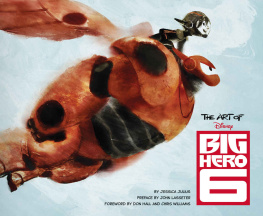
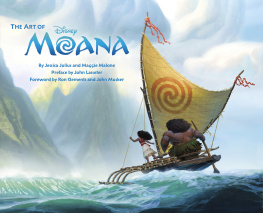

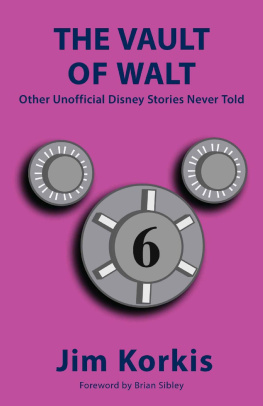
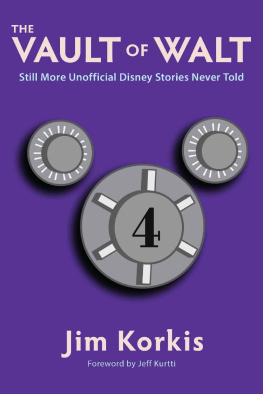
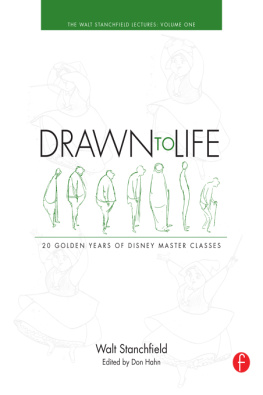
 RYAN LANG / DIGITAL Copyright 2014 by Disney Enterprises, Inc. All rights reserved. No part of this book may be reproduced in any form without written permission from the publisher. Library of Congress Cataloging-in-Publication Data available. ISBN: 978-1-4521-2221-2 (hc) ISBN: 978-1-4521-4525-9 (ebook) Designed by Glen Nakasako, Smog Design, Inc. Chronicle Books LLC
RYAN LANG / DIGITAL Copyright 2014 by Disney Enterprises, Inc. All rights reserved. No part of this book may be reproduced in any form without written permission from the publisher. Library of Congress Cataloging-in-Publication Data available. ISBN: 978-1-4521-2221-2 (hc) ISBN: 978-1-4521-4525-9 (ebook) Designed by Glen Nakasako, Smog Design, Inc. Chronicle Books LLC TADAHIRO UESUGI / DIGITAL
TADAHIRO UESUGI / DIGITAL TADAHIRO UESUGI / DIGITAL Creating a computer generated animated film involves years of inspired collaboration.
TADAHIRO UESUGI / DIGITAL Creating a computer generated animated film involves years of inspired collaboration.